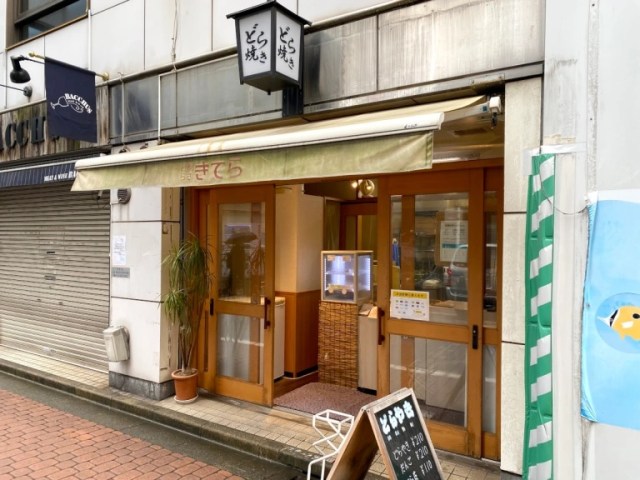
Hidden under the tracks near Akihabara is one of our new favorite places to grab sweets on the street.
If you’ve got a craving for dessert in Tokyo, the easiest way to find the latest hit sweets shop is to look for a line of people stretching out the door. But what if you’re looking for the next big thing, the place that most people don’t know about yet? Then you’ve got to pound pavement when your stomach is growling, like our Japanese-language reporter P.K. Sanjun recently did in Tokyo’s Kanda neighborhood.
Tucked underneath the train tracks of the Yamanote loop train line that circles through downtown Tokyo, Kitera is about halfway between Kanda and Akihabara Stations. With its unassuming, semi-secluded location, you probably won’t spot that many people queuing up outside, and you probably won’t see many people working inside the place either, as it appears to be run and staffed by just a single person.

Kitera specializes in dorayaki, round palm-sized pancake-like confectionaries with a filling of anko (sweet beans) sandwiched inside. Dorayaki are just about P.K.’s favorite Japanese dessert, and while he enjoys the mass-produced varieties available at supermarkets and convenience stores, what really makes his taste buds sing are dorayaki produced in-store by specialty sweets shops, like the famous stores Usagiya and Kameju, in the city’s Okachimachi and Asakusa districts. But while just about any Tokyoite with a sweet tooth knows about those two places, P.K. had never heard of Kitera before he stumbled across it. He instantly felt compelled to give this new-to-him dorayaki specialist a try, though, because not only do they sell orthodox anko-filled dorayaki for 210 yen (US$1.55)…
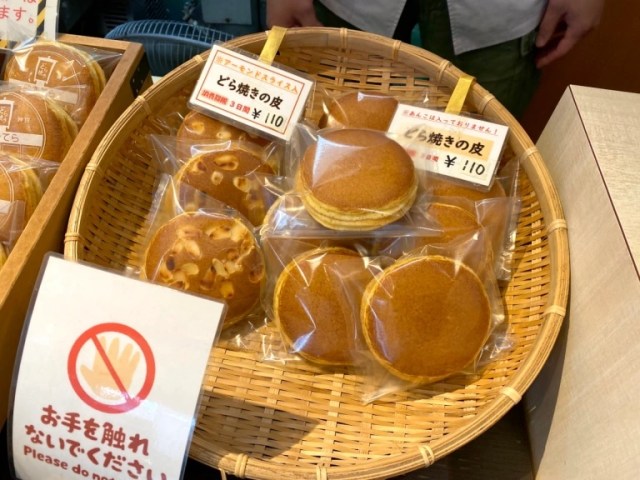
…they also sell unstuffed dorayaki, for you to add whatever you want to at home, for 110 yen. This is something most dorayaki shops don’t do, and Kitera’s display of confidence in the deliciousness of even the cake component of their sweets convinced P.K. to purchase not only a regular anko dorayaki, but a special zunda (edamame) anko one too for 240 yen.
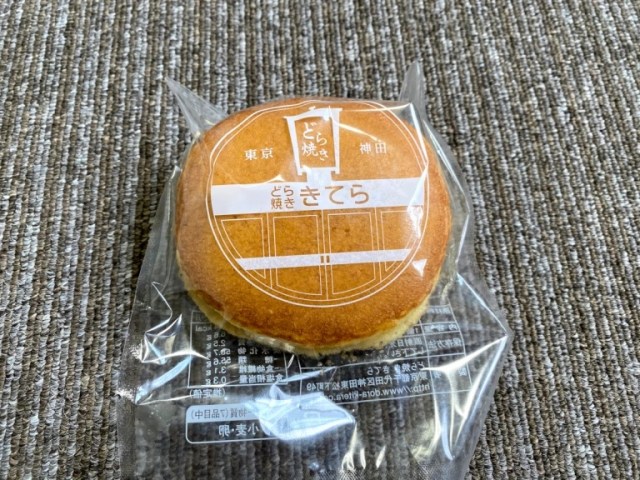
Eagerly unwrapping his sweets, P.K. wasted no time diving into the taste test. Part of what makes dorayaki so appealing is that it doesn’t try to be coy with its deliciousness, and as soon as the first bite hit P.K.’s taste receptors, he was in dorayaki heaven. The cake part was sublimely soft and fabulously fluffy, showing that Kitera’s confidence in it is totally deserved. The anko was marvelously moist, satisfyingly sweet but still allowing the natural flavors of the beans to make their presence felt.
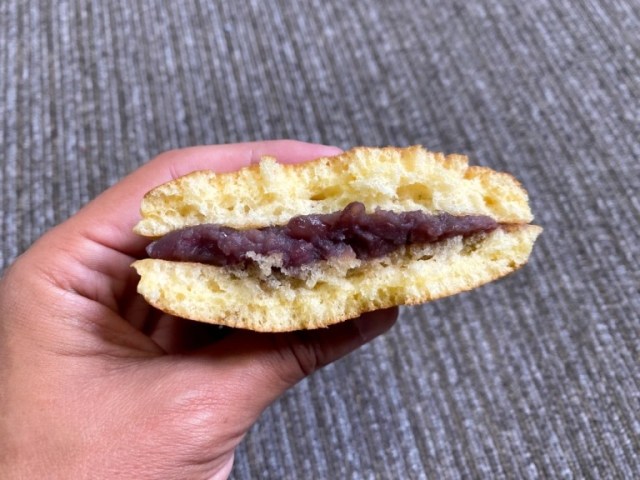
While both the cake and anko are amazing, they become so in opposite ways. Kitera’s owner explained to P.K. that the shop’s cake is made fresh daily, with just enough to cover that day’s dorayaki, so that none of the sweets are made with dry or hardened cake. Kitera’s anko, on the other hand, is prepared the day before. In basic terms, anko is made by stewing the beans, and just like with curry roux or spaghetti sauce, its flavor deepens overnight.
▼ The zunda dorayaki filling has zunda’s characteristic bright green color.
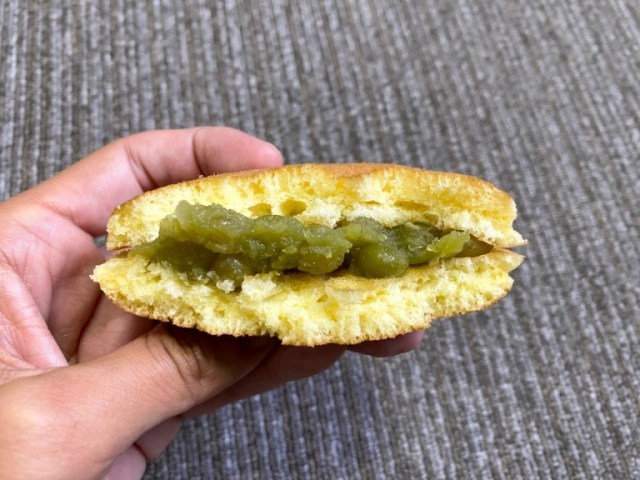
Kitera’s standard anko dorayaki is available all the time, but the other flavors vary by day of the week, with new ones cycled in every month or so. As of when we stopped by, zunda is available on Wednesdays and Thursdays, and on Mondays and Tuesdays you can get plum dorayaki. Fridays and Saturdays were yet-to-be-determined mysteries, but now that we’ve found this place, we’re happy to have extra reasons to go back and see what other delicious dorayaki they cook up.
Shop information
Kitera / きてら
Address: Tokyo-to, Chiyoda-ku, Kanda Higashimatsushitacho 49
東京都千代田区神田東松下町49
Open 10 a.m.-6 p.m. (weekdas), 10 a.m.-5 p.m. (Saturdays)
May close earlier if ingredients/stock runs out
Closed Sundays
Photos ©SoraNews24
● Want to hear about SoraNews24’s latest articles as soon as they’re published? Follow us on Facebook and Twitter!

No hay comentarios:
Publicar un comentario